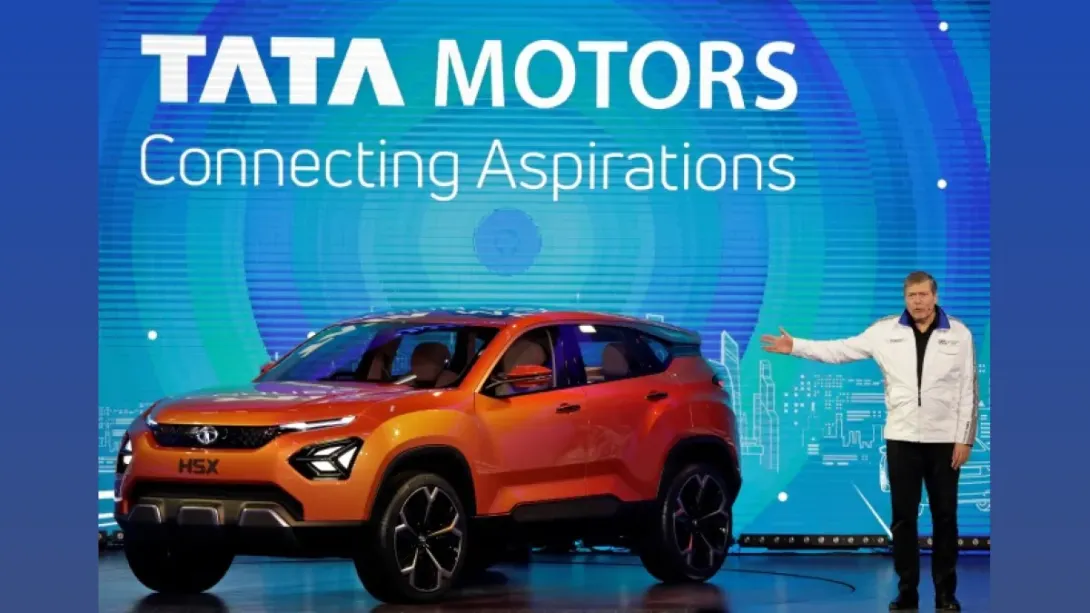Tata Motors Ltd., India’s leading automaker, reported a 10% year-on-year increase in commercial vehicle (CV) sales for October 2025, supported by higher infrastructure spending, robust rural activity, and festive season momentum. The company’s overall commercial vehicle dispatches rose to around 36,700 units compared to 33,800 units in the same month last year. Strong demand from the construction, logistics, and e-commerce sectors, coupled with improved financing conditions, helped lift volumes across medium and heavy commercial vehicle (MHCV) and intermediate and light commercial vehicle (ILCV) segments. The upbeat performance underscores a steady revival in India’s industrial and freight transport ecosystem.
Commercial Vehicle Demand Gains Momentum
Tata Motors’ 10% rise in October CV sales reflects improving sentiment in the broader transport and infrastructure sectors. The company recorded steady gains across key categories, including MHCVs, ILCVs, and small commercial vehicles (SCVs), supported by government-led infrastructure initiatives, rural road projects, and increased freight movement during the festive season.
Industry insiders attribute the rise in sales to a resurgence in construction activity and higher utilization of trucks for industrial goods movement. Fleet operators, buoyed by stable fuel prices and steady freight rates, have resumed fleet expansion after a prolonged period of cautious investment.
Segment-Wise Performance Highlights
Medium and heavy commercial vehicles, which form the backbone of Tata Motors’ portfolio, registered strong double-digit growth in October. Demand was particularly strong in tippers and haulage trucks catering to mining and infrastructure projects. The ILCV segment also reported steady traction from e-commerce and last-mile logistics operators, driven by higher consumer activity during the festival period.
Meanwhile, small commercial vehicles maintained stable demand despite competitive pressure, as urban logistics and intra-city distribution networks continued to expand. Passenger carriers, including buses, saw modest improvement as schools, tourism, and public transport networks witnessed higher utilization.
Market Dynamics and Industry Outlook
The commercial vehicle industry, often seen as a barometer of economic health, has been witnessing a gradual uptrend since early 2025. Government emphasis on capital expenditure, road connectivity, and logistics efficiency under the National Infrastructure Pipeline has created a favorable environment for fleet renewal and expansion.
Industry analysts note that Tata Motors, with its diversified product mix and wide service network, remains well-positioned to capture incremental demand. The company’s focus on alternative fuel vehicles—particularly CNG and electric CVs—also aligns with the government’s sustainability targets and customers’ preference for lower operating costs.
Future Prospects and Strategic Focus
Tata Motors’ management has expressed optimism about maintaining growth momentum through the second half of FY2025–26. The company continues to strengthen its CV business through technology upgrades, improved vehicle uptime, and enhanced financing support for fleet owners.
Moreover, Tata Motors’ ongoing investments in electric commercial vehicles, digital telematics, and fleet management systems are expected to improve operational efficiency and open new revenue streams. With industrial output, infrastructure projects, and e-commerce logistics all trending upward, the automaker is likely to sustain its leadership position in India’s CV segment.
Conclusion
Tata Motors’ October performance underscores the resilience of India’s commercial vehicle sector amid a rapidly evolving economic landscape. The 10% sales growth signals robust industrial recovery and continued investment in transport infrastructure. As the nation’s logistics backbone expands to meet rising consumer and industrial demand, Tata Motors’ strategic emphasis on innovation, sustainability, and customer-centric solutions positions it for sustained growth in the quarters ahead.

Comments